Exploring the Potential of Biofeedback for Mental Health Improvement
The idea of biofeedback has its roots in psychiatry and medicine from long ago. Yoga and transcendental meditation were once employed by yogis to practice Indian medicine. The word “biofeedback,” which means “a real-time physiological mirror,” was first used in 1969 and was based on the cybernetics field’s formalization of the feedback notion.
An attempt to integrate contemporary electronic technology into the study of psychiatry can be seen in the development of biofeedback instruments. Biofeedback and applied psychophysiology have advanced from speculative experiments to data-based research, from trial clinical intervention to efficacy studies and accountability, as tools, as subjects of scientific study, and as therapeutic therapies. These are interdisciplinary methods that go beyond the confines of conventional occupations like medicine, psychology, physical therapy, occupational therapy, and other subjects involved in the provision of health care.
Biofeedback is a therapeutic technique that involves measuring and providing information about physiological processes occurring within the body, typically with the aim of gaining conscious control over those processes. It allows individuals to learn how to regulate their bodily functions for improved health and well-being.
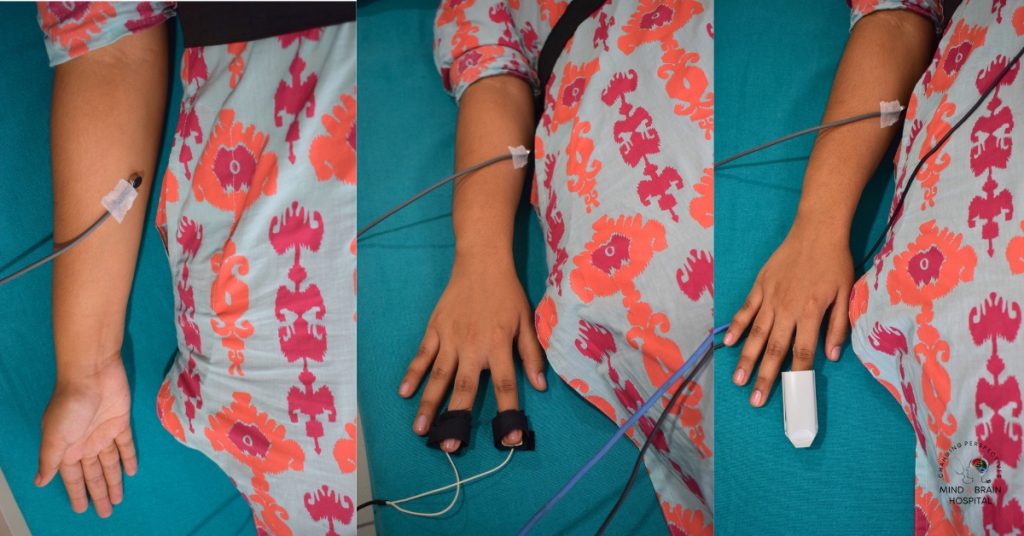
During a biofeedback session, sensors are attached to the body to monitor various physiological parameters such as heart rate, blood pressure, muscle tension, skin temperature, brainwave activity, or respiratory rate. These sensors provide real-time feedback in the form of visual, auditory, or tactile cues, enabling individuals to observe and understand their physiological responses. The feedback received helps individuals become more aware of their bodily processes and learn techniques to self-regulate them.
For example, if a person is trying to reduce stress or manage chronic pain, they may be guided to use relaxation techniques, deep breathing exercises, or mental imagery to control their physiological responses. As they practice these techniques and receive feedback, they can learn to consciously influence and modify their physiological functions.
Biofeedback is used in various clinical and non-clinical settings, including psychology, medicine, sports training, and stress management. It can be effective in treating conditions such as anxiety, high blood pressure, chronic pain, migraines, insomnia, and certain muscular disorders.
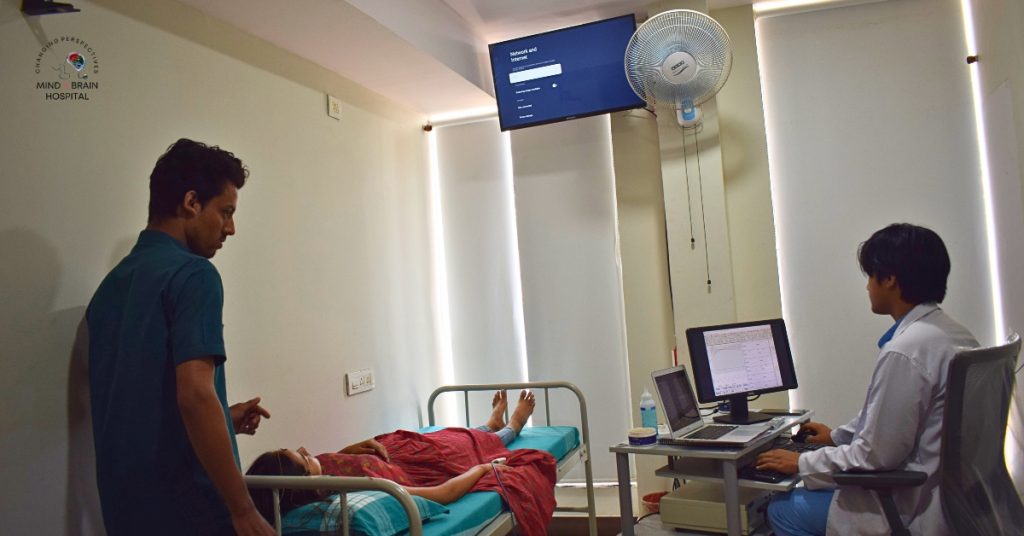
Additionally, biofeedback is often used in conjunction with other therapeutic approaches to enhance overall well-being and promote self-regulation skills. To show the impact of biofeedback on improving mental health, we would like to present a success story. XYZ is one of our clients who is suffering from severe episodes of bipolar. She tried to commit suicide several times and was completely pessimistic about life. Due to the necessity of the situation, the hospital had to retrieve the client from her place of residence.
XYZ was recommended for biofeedback. She was made to control her involuntary action by using techniques such as relaxation, breathing, and visualization. This training helped her immensely to get control over her life and have a positive outlook on it. XYZ continues to come to the hospital as and when required for biofeedback and greatly appreciates this process of change and optimism.
When there is no specialized therapy available or other treatment modalities are unsuccessful, biofeedback is a useful treatment option for chronic conditions. Biofeedback has been incredibly successful in treating neurotic disorders. For biofeedback to be effective, case selection is of the utmost significance. It has a history of lowering medication dosages, ameliorating overall life quality, and reducing symptom severity and episode frequency.
Written by Deekshitha, Rithanya S and Diya Kesri

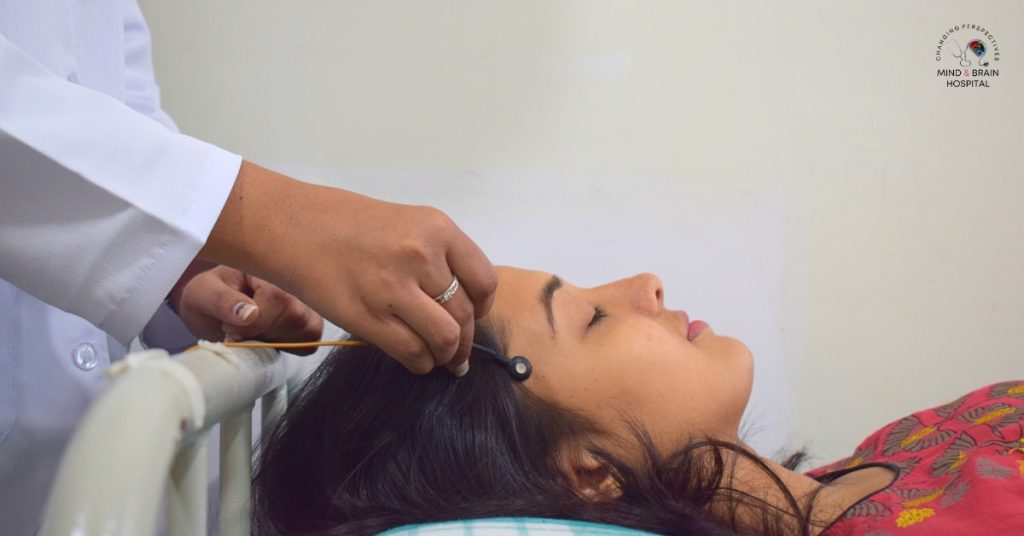
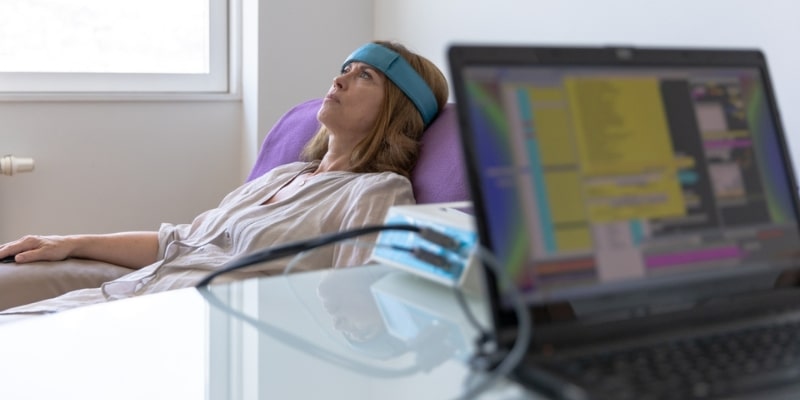
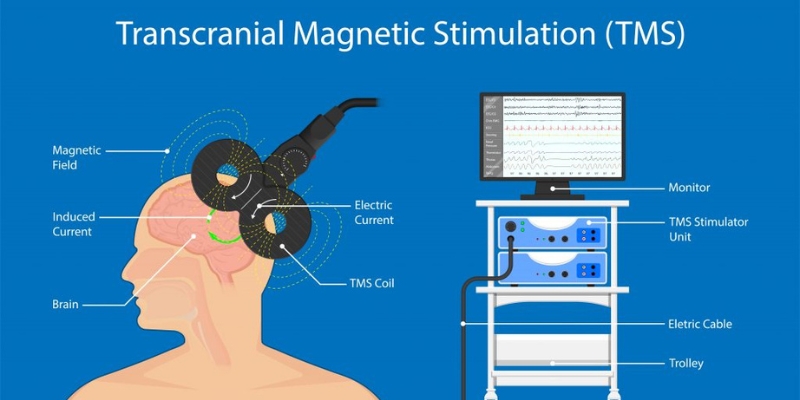

Biofeedback encourages to use your body as your resource. Your ability to identify the language your body speaks to you. It allows us to differentiate, modify and understand emotions better. It’s a must lifeskills for all the patients suffering with anxiety, OCD and spectrum issues.
Thank you for sharing your perspective on biofeedback! I completely agree with you that biofeedback can be a valuable tool in helping individuals with anxiety, OCD, and spectrum issues. By learning to interpret the signals our bodies send us, we gain a deeper understanding of our emotions and can make informed choices about how to modify and manage them. Biofeedback empowers individuals to harness their body’s resources and develop essential life skills. It’s wonderful to see the positive impact it can have on improving mental well-being.